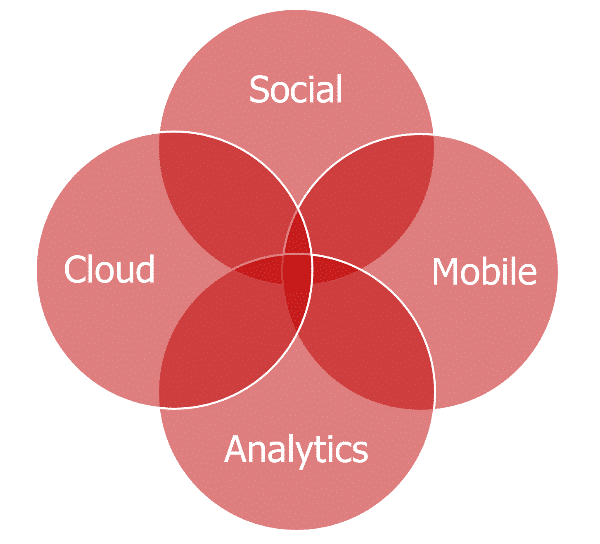The importance of ICT management for the digital municipality
Guest blog by Wim Hoekstra, Partner at Quarant and ICT Consultant local government

- Citizens are increasingly using self-service.
- More intensive use of data and an increase in data (own core and base registrations, open data and big data sources).
- More intensive cooperation by organisations: the emergence of ‘smart urban regions’ aimed at a joint approach to regional problems.
- Change of work through robotisation and automation: some of the jobs will no longer exist in a few years and routine work is increasingly dying out. Other work is replacing it: intelligently combining data, managing the quality of that data, collaborating with parties (public and private organisations, citizens), protecting data and monitoring privacy.
- More and more national agreements (Digital Agenda 2020) and legislation (Environment and Planning Act) for municipalities result in chain cooperations. These forms of cooperation are only possible in 2018 by making maximum use of computerisation and automation.

Computerisation & Automation
As a result, computerisation is increasingly becoming a strategic tool for a municipality and at the same time automation is a prerequisite, but also increasingly resembles a utility, like electricity and tap water. In the coming years, every municipality will face the challenge of embracing the growing possibilities of computerisation and automation. The speed of the developments can be difficult to keep up with when ICT is not your core business and also distracts from innovations within your own business. Being relieved of the ICT burden and simultaneously creating room for innovation and modernisation may be the best course for municipalities in the coming years.
This requires setting up a management organisation that connects demand (from the business) and supply (ICT services). What’s needed for this
- Scope / cloud policy: clarity about what may and may not be transferred to which cloud service model (SaaS, PaaS, IaaS) and cloud implementation model (Private or Public).
- Rules, standards and frameworks: on what basis are we going to carry out management? Internal and external rules, standards and frameworks such as the BIO (Baseline Information Security Authority), the GDPR and rules on information security such as NEN 7510 and ISO 27001, etc. Taking stock of everything that one needs to comply with is an important step towards effective management.
- Processes: the aforementioned rules, standards and frameworks are met by means of working processes that have to be unambiguously invested in the organisation. Enterprise architecture is becoming more important than IT architecture. The weight of portfolio management is increasing. Perhaps the best practice processes of BISL (Business Information Services Library) should receive more attention.
- Organisation: processes lead to tasks, tasks are combined into roles for which certain skills are required, roles lead to functions. The elaboration of this is very illuminating and stimulates discussion about bottlenecks in the management organisation.
- Information:the principle ‘to measure is to know is to steer’ always applies to management situations. Both cloud suppliers and the proprietary organisation provide information in the form of reports and signals, on the basis of which compliance with rules and the progress of processes are tested. This provides opportunities to adjust. Without this information, effective management is not possible.
During the Solvinity IT Experience on 15 November 2018, we will be exchanging thoughts and experiences about this with representatives from a number of municipalities and shared service centres. Finally, a well-thought-out and implemented management approach is an important success factor both during the transition and the years thereafter.
Would you like further information or do you have questions or comments in response to this blog? Then please contact: Wim Hoekstra, Partner at Quarant, of e-mail gemeenten@solvinity.com.
Lees ook
Meer
Take Control of Your Security Strategy with the NIST Framework
Discover how the NIST Framework helps you structure your security approach and keep risks under control...
READ MOREWhat makes a Secure Managed Cloud truly ‘secure’?
What makes a Secure Managed Cloud truly ‘secure’? In an era where cyber threats are constantly...
READ MOREThe complexity of IT Regulations for municipalities
In addition to the daily challenge of managing a secure and efficient IT environment, municipalities face...
READ MOREKunnen we je verder helpen?
Maandag t/m vrijdag van 09:00 - 19:00 uur


